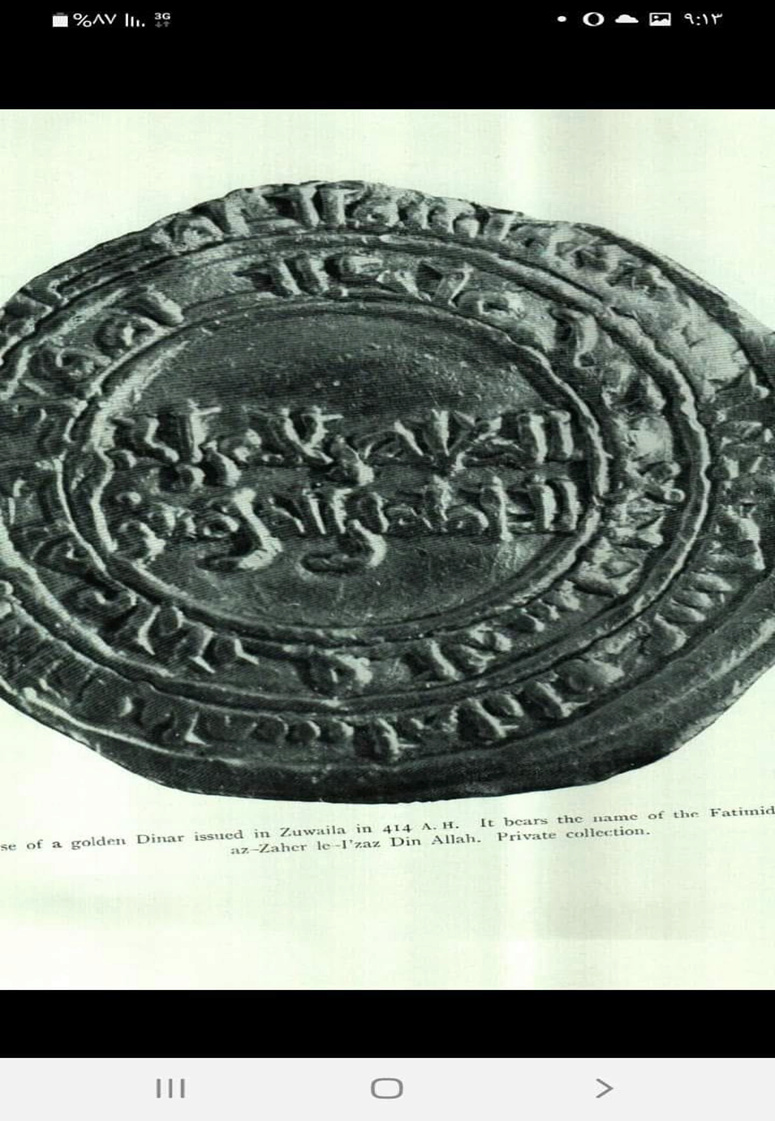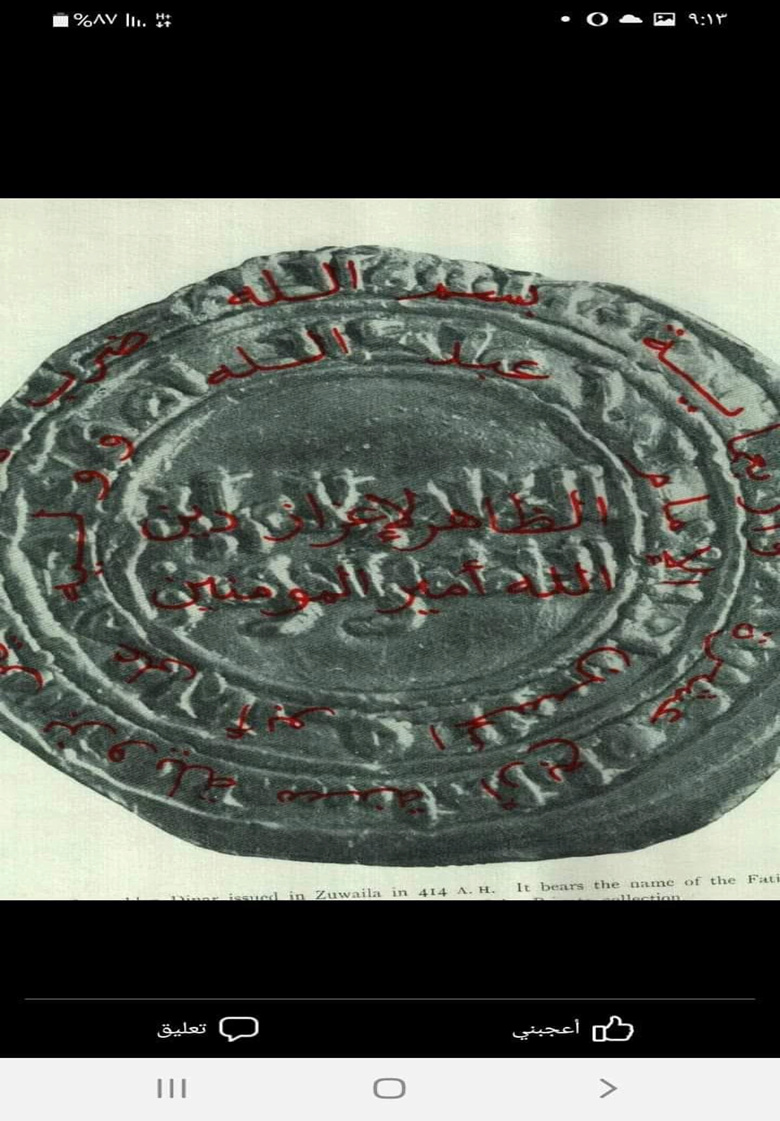Kingdom of Banu Al-Khattab

The topic ((The Kingdom of Bani Al-Khattab)) is one of the topics that need to be studied and researched in order to reach the truth about the history of this kingdom, which lasted for two centuries, over a wide geographical area that went beyond the borders of its city - its capital, to include several cities that reached the borders of the country of Sudan.
The importance of this topic lies in the fact that it represents a large time period whose events occurred in an important geographical area that is considered the link between the North - the Maghreb countries, and the South - the Sudanese countries, the East and the Maghreb, in which political developments were witnessed that affected the development of the economic, social and cultural conditions therein.
Zuwailah gold coins are the oldest, first and last example of local Libyan gold coins in the Middle Ages. The Hawari Kingdom of Bani al-Khattab is considered the only local Libyan state so far to have minted gold coins of large caliber and weight. The Hawara Berber tribe established a vast kingdom in southern Libya that ruled the region for more than 300 years ago, and its rulers were from the Hawari Banu al-Khattab, and they were apparently from the Nakari al-Mustafa

So they established a vast and vast kingdom and kingdom on the foundations of the Ibadi gold that was widespread at that time in the region. They established a large mosque in their capital, Zuwaila, and erected large buildings and shrines for their kings. They controlled the trade routes in the desert and established a guard system that depended on tracing traces. The capital, Zuwaila, fell into the hands of the Mamluk Qaraqush. The Armenian who was sent by Saladin Al-Ayyubi to occupy North Africa and eliminated the ruling family in a bloody way, just as the Kingdom of Awjila was eliminated before it.
Source: websites

